We all have traits that make us unique. We should be celebrating these differences as they are what makes us individuals. Our individual uniqueness is what helps our society to function. Some differences however are seen by some as disabilities. I disagree. Having a learning difference does not mean one is disabled, it just means we learn differently. Let’s embrace these differences and teach accordingly.
In days gone by, those with dyslexia would have been instrumental in the creation of tools and shelters due to their often amazing creative and artistic abilities. I’m not technologically savvy, but I stand in awe of people with autism who are able to ‘tame’ the technological beast! We are all have our strengths.
In the past, we considered the barriers to learning as issues being faced by those with learning differences. Today we look more at the barriers within our educational system and ask how we can change them in order to provide an inclusive setting.
It is so important that we look at the whole person, not just their challenges, whatever they may be. Let’s look at all aspects of a child’s development, strengths and challenges and work out the best way for them to learn. Our schools are getting much better at finding alternative ways for our students to learn. This should be celebrated, as failing to provide appropriate accommodations, adjustments and explicit instruction for students with learning differences is as bad as failing to provide a lift or ramp for a person in a wheelchair. Not because they are disabled, because they are not, but because it is right!
I am sure we have all experienced cases where there are some students who are disruptive, difficult or uncooperative. These children might be in your child’s grade, or if you are a teacher, they might be one of your students. It is so important that we look at these children through different lenses. Let’s not just see their behaviour, but identify their strengths and challenges and work with them to engage them in what they are doing. Their behaviour is often a result of them not fitting in and being unable to participate in what is happening in the classroom. Let’s look at them as a whole person, rather than just a student experiencing difficulties.
Let’s put the person first and the learning difference second. Let’s identify the different ways in which our children learn and make a positive difference to not only how they see themselves, but how others see them. This understanding can have an incredible effect on a child’s self-esteem.
Let’s show our children that they are intelligent and talented individuals who are capable of many things!
-
Sue

